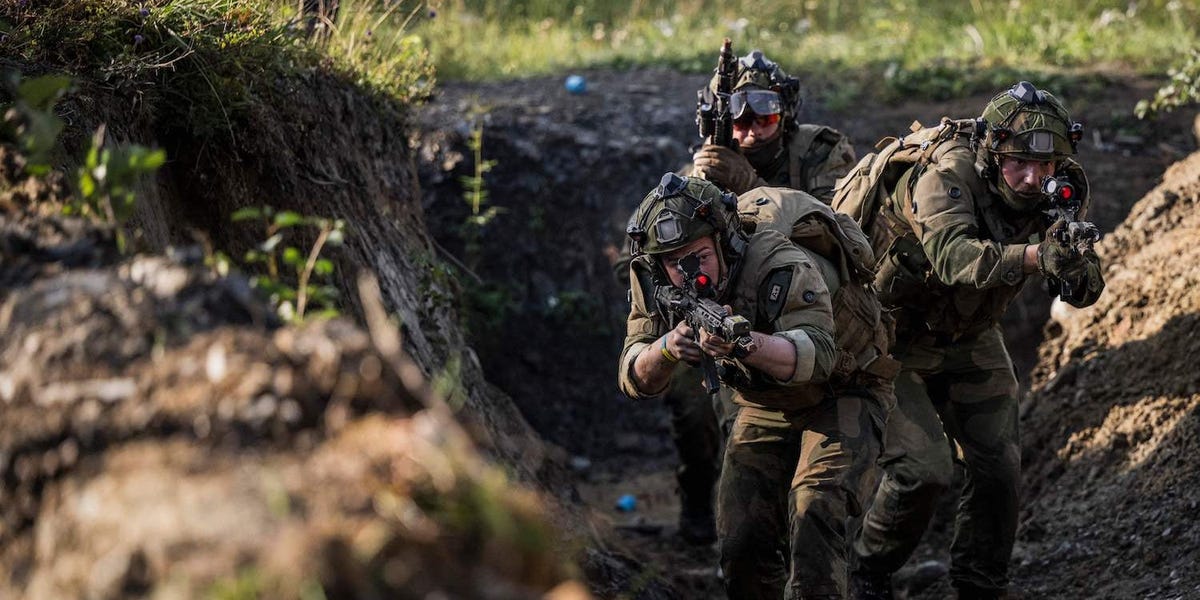Western-made armor is failing in Ukraine because it wasn’t designed to sustain a conflict of this intensity, a military analyst told The Wall Street Journal.
Taras Chmut, a military analyst who’s the head of the Come Back Alive Foundation, which has raised money to purchase and provide arms and equipment to Ukraine, said that “a lot of Western armor doesn’t work here because it had been created not for an all-out war but for conflicts of low or medium intensity.”
“If you throw it into a mass offensive, it just doesn’t perform,” he said.
Chmut went on to say Ukraine’s Western allies should instead turn their attention to delivering simpler and cheaper systems, but in larger quantities, something Ukraine has repeatedly requested, the newspaper reported.



I suspect the doctrine for western tanks requires air dominance.
The context here is very specific : Ukraine is attacking a heavily fortified position.
In the beginning of the offensive, the losses were heavy because each time they would break a position with armor, Russians would unleash a barrage of artillery and air bombardments.
Then they changed their tactics, using the tanks as long range heavy direct fire support. And occasionally as spearhead or to counter a Russian offensive.
The biggest problem imo is the lack of air superiority : it makes them vulnerable to air bombardment when on a the front line, and it prevent them from doing deep strikes against artillery.
As they can’t prevent artillery or air bombardment, a heavy assault would inevitably suffer extreme losses, but with enough supplies, might be able to break through the line. But the few hundreds of western tanks are not enough for that. Or maybe Ukraine is “simply” afraid of losing too many of them in the offensive.
That’s the problem with few, expensive, good weapons: you need to be careful in using them because you can’t easily replace them. More numerous, inexpensive weapons would allow to take more risks, which might be necessary to win the war.
I don’t know about the US, but France and Germany do had this problem in mind IMO with their light tanks, the amx-30 and the leopard 1.
IMO the heavy tanks are good for an expeditionary force that will be limited in supplies, so it needs to make the most out of each vehicle it gets on the place. But for a large scale war of entrenched position, mass might be more important than raw quality.
More simply, even if you only lose 1 tank for 5 of the enemy, you still need more than a fifth of what they have.
The Leo1 isn’t lighter it’s simply the previous model of Leo and not significantly smaller, very much an MBT. You might be thinking of the Wiesel and generally tankettes.
It is very much an MBT, but it is lighter than most other tanks of this era (40t and rather light armor). The amx-30 is the same. US MBT are heavier and more armored in comparison, and with time all tanks got heavier and more armored still.
Not only that, but tanks are still much more survivable than infantry and each tank can replace multiple infantry.